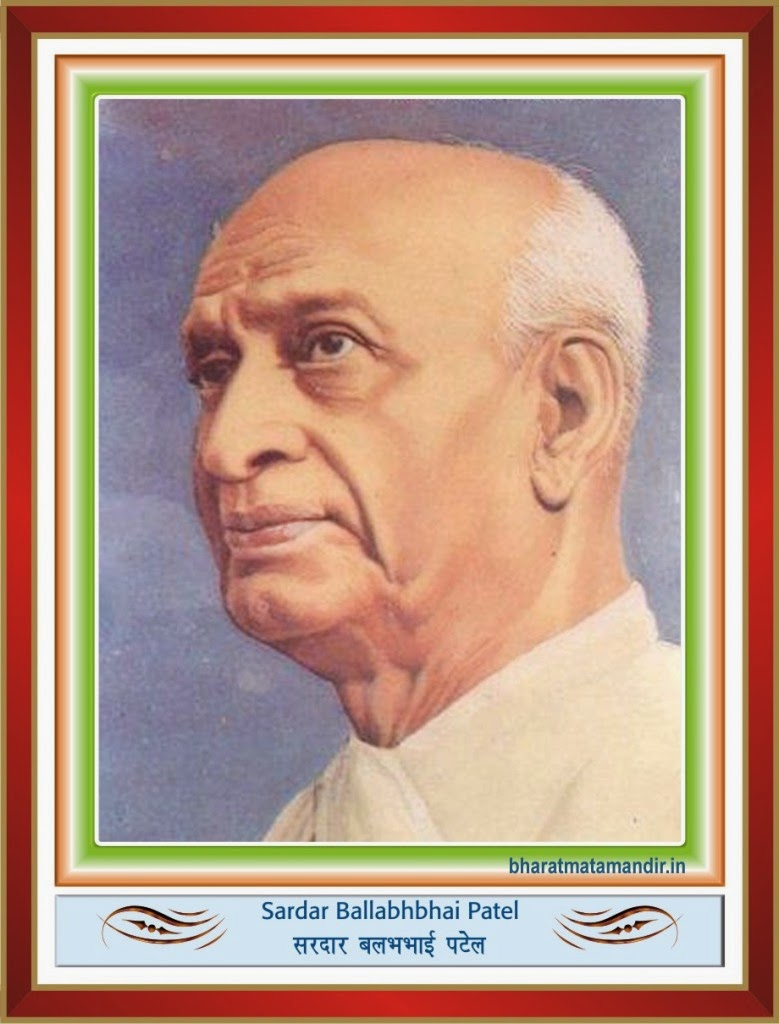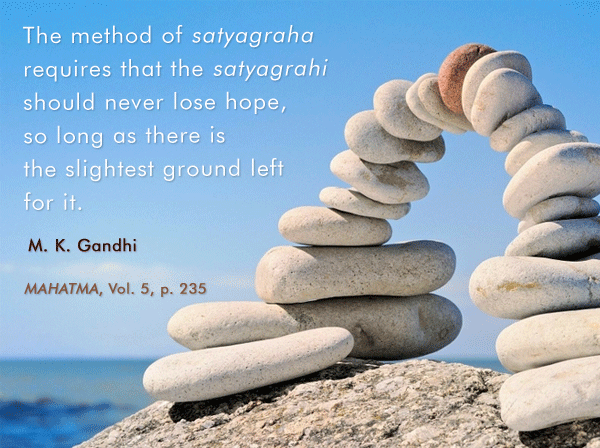23. THE GREAT EXHIBITION :
AN AUTOBIOGRAPHY:
THE STORY OF MY EXPERIMENTS WITH TRUTH
by Mohandas K. Gandhi
There was a great Exhibition at Paris in 1890. I had read about its elaborate preparations, and
I also had a keen desire to see Paris. So I thought I had better combine two things in one, and go
there at this juncture. A particular attraction of the Exhibition was the Eiffel Tower, constructed
entirely of iron, and nearly 1,000 feet high. There were of course many other things of interest,
but the Tower was the chief one, inasmuch as it had been supposed till then that a structure of
that height could not safely stand.
I had heard of a vegetarian restaurant in Paris. I engaged a room there and stayed seven days.
I managed everything very economically, both the journey to Paris and the sight-seeing there.
This I did mostly on foot and with the help of a map of Paris, as also a map of and guide to the
Exhibition. These were enough to direct one to the main streets and chief places of interest.
I remember nothing of the Exhibition excepting its magnitude and variety. I have a fair
recollection of the Eiffel Tower, as I ascended it twice or thrice. There was a restaurant on the first
platform, and just for the satisfaction of being able to say that I had had my lunch at a great
height, I threw away seven shillings on it.
The ancient churches of Paris are still in my memory. Their grandeur and their peacefulness
are unforgettable. The wonderful construction of Notre Dame, and the elaborate decoration of the
interior with its beautiful sculptures, cannot be forgotten. I felt then that those who expended
millions on such divine cathedrals could not but have the love of God in their hearts.
I had read a lot about the fashions and frivolity of Paris. These were in evidence in every street,
but the churches stood noticeably apart from these scenes. A man would forget the outside noise
and bustle as soon as he entered one of these churches. His manner would change, he would
behave with dignity and reverence as he passed someone kneeling before the image of the
Virgin. The feeling I had then has since been growing on me, that all this kneeling and prayer
could not be mere superstition; the devout souls kneeling before the Virgin could not be
worshipping mere marble. They were fired with genuine devotion and they worshipped not stone,
but the divinity of which it was symbolic. I have an impression that I felt then that by this worship
they were not detracting from, but increasing, the glory of God.
I must say a word about the Eiffel Tower. I do not know what purpose it serves today. But I
then heard it greatly disparaged as well as praised. I remember that Tolstoy was the chief among
those who disparaged it. He said that the Eiffel Tower was a monument of man's folly, not of his
wisdom. Tobacco, he argued, was the worst of all intoxicants, inasmuch as a man addicted to it
was tempted to commit crimes which a drunkard never dared to do; liquor made a man mad, but
tobacco clouded his intellect and made him build castles in the air. The Eiffel Tower was one of
the creations of a man under such influence. There is no art about the Eiffel Tower. In no way can
it be said to have contributed to the real beauty of the Exhibition. Men flocked to see it and
ascended it, as it was a novelty and of unique dimensions. It was the toy of the Exhibition. So
long as we are children we are attracted by toys, and the Tower was a good demonstration of the
fact that we are all children attracted by trinkets. That may be claimed to be the purpose served
by the Eiffel Tower.
NEXT :- 24. 'CALLED' —BUT THEN?
Continues...




Comments